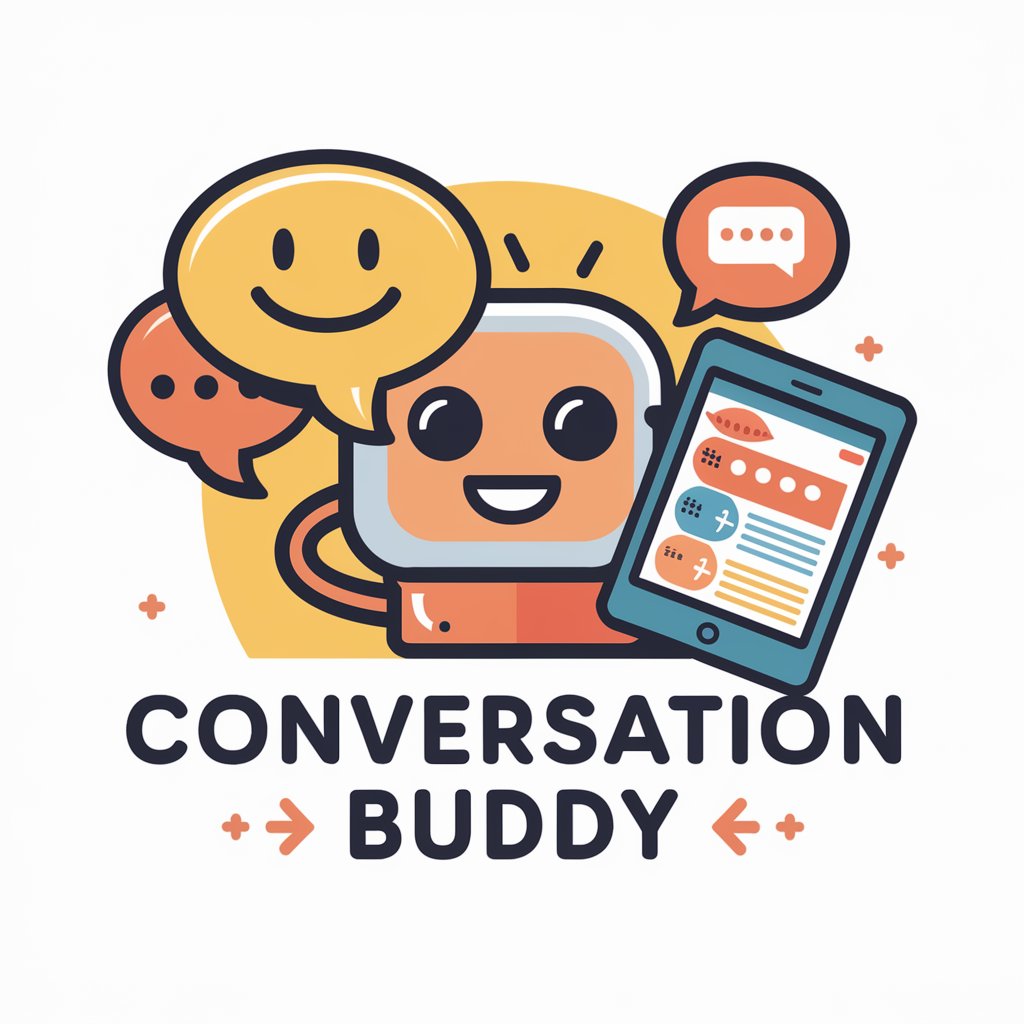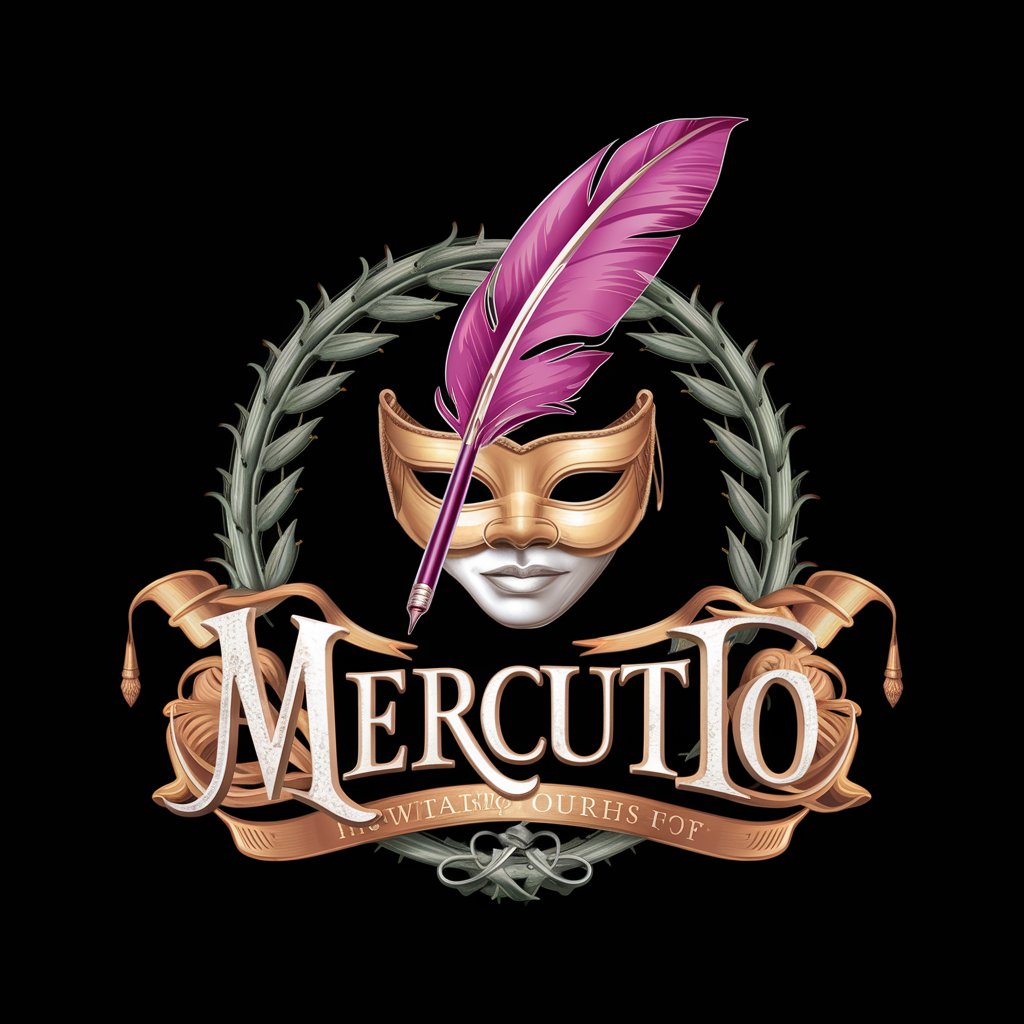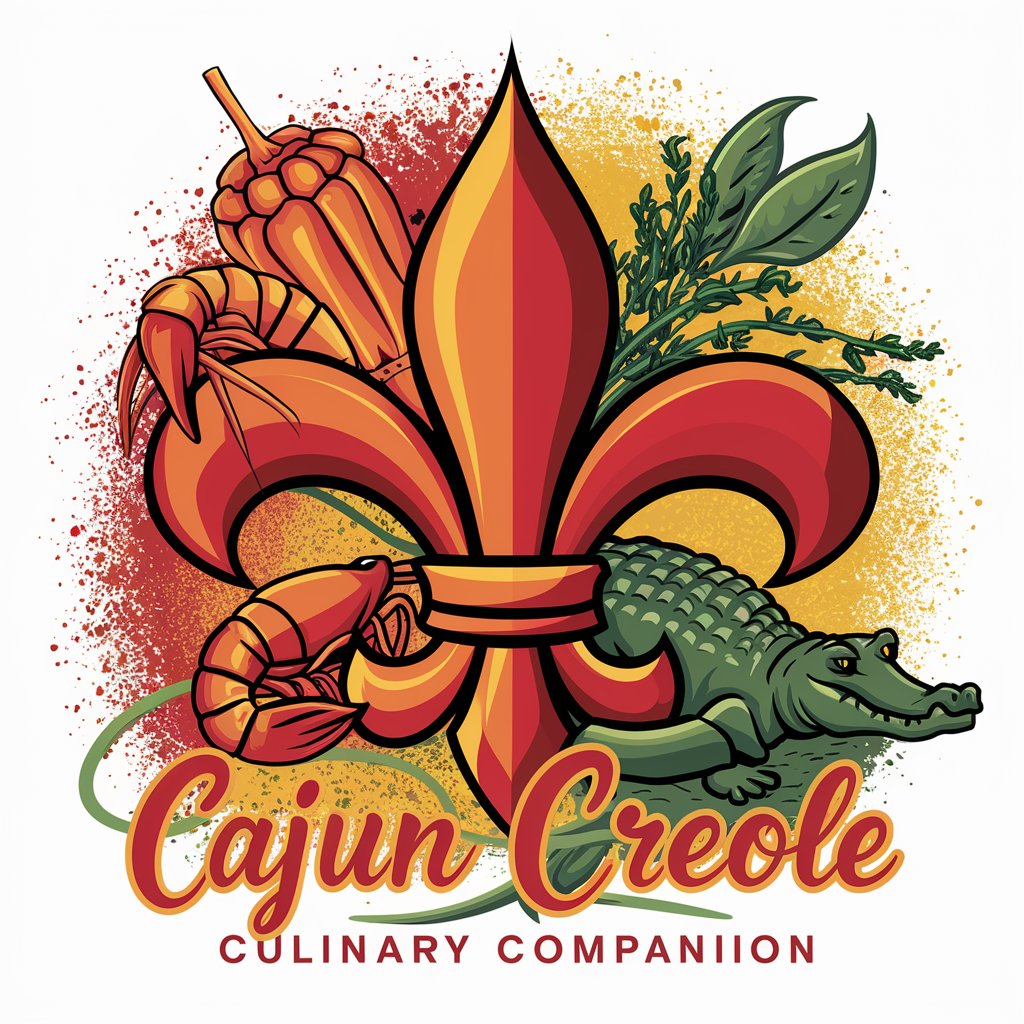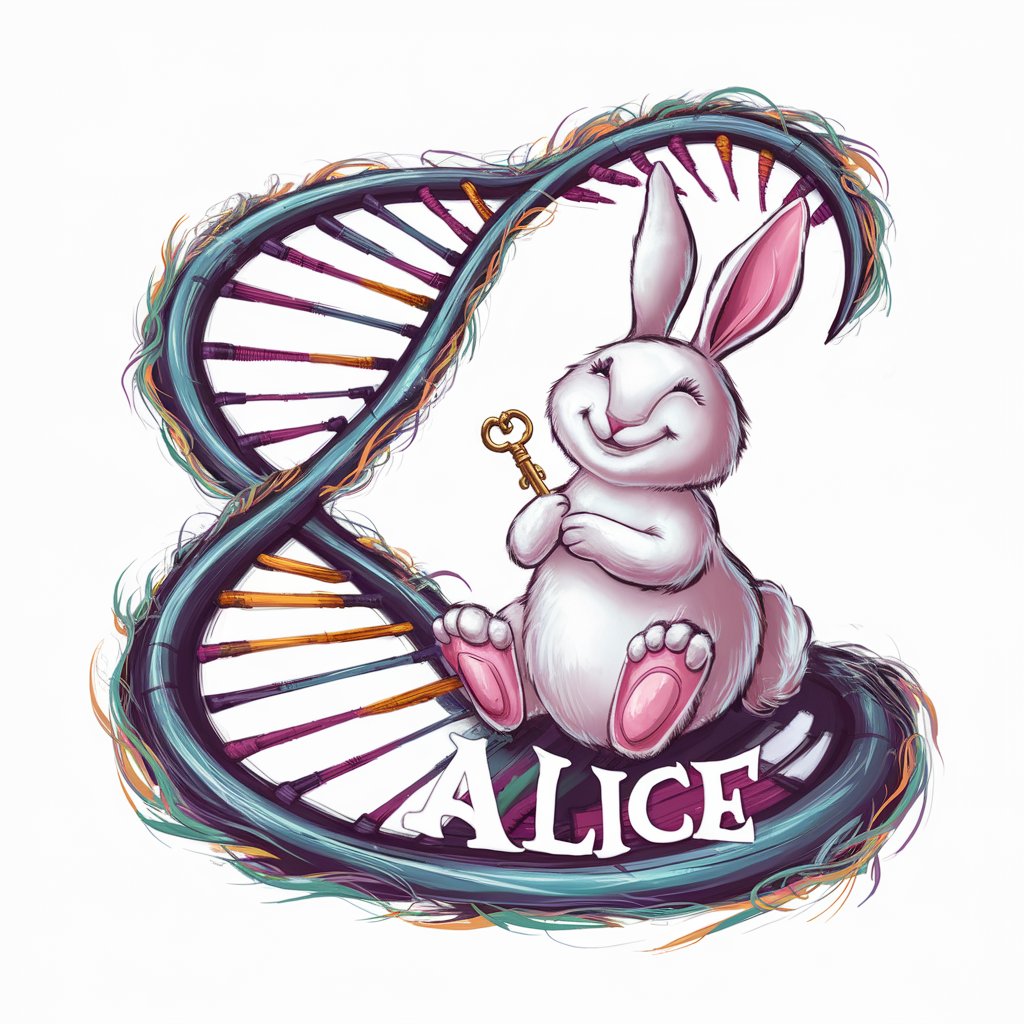Who's the GOAT? - Creative Poetry Challenges

Ready to craft poetry? Let's begin!
Ignite your creativity with AI-powered poetry
Craft a line that uses a metaphor to describe a sunset, incorporating assonance.
Write a verse that includes personification of the night sky and ends with a paradox.
Start with an image of a stormy sea, using alliteration and symbolism to convey emotion.
Begin with an oxymoron to depict a bustling city, and use enjambment to enhance the flow.
Get Embed Code
Who's the GOAT? - An Overview
Who's the GOAT? is designed as a playful and engaging platform for users to explore and enhance their creative writing skills, specifically in poetry. It challenges users to collaboratively create verses, adhering to specific literary devices and structures, such as metaphors, similes, personification, and more. This unique design encourages not just creativity but also a deeper understanding of poetic techniques. For example, if a user wishes to participate in crafting a poem, they might be challenged to include an oxymoron or a paradox in their line, encouraging them to think critically about how they use language. Powered by ChatGPT-4o。

Key Functions of Who's the GOAT?
Creative Writing Enhancement
Example
A user is challenged to incorporate alliteration and assonance within a single verse.
Scenario
In a classroom setting, a teacher uses Who's the GOAT? to engage students in a creative writing exercise, enhancing their understanding of sound devices in poetry.
Literary Device Exploration
Example
A verse creation task that requires the use of symbolism and imagery to convey a theme.
Scenario
A book club decides to use Who's the GOAT? for a fun activity, where members challenge each other to write poetic lines that vividly describe scenes from a book they are reading, using vivid imagery and symbolism.
Collaborative Poetry Creation
Example
Participants are prompted to contribute to a verse following a specific rhyme scheme and incorporating irony.
Scenario
During a poetry workshop, the facilitator uses Who's the GOAT? to encourage collaboration among attendees, asking them to build upon each other's lines to create a poem that employs irony effectively, fostering a sense of community and shared creativity.
Who Benefits from Who's the GOAT?
Educators and Students
Teachers can integrate Who's the GOAT? into their lessons to make learning about poetic devices more interactive and enjoyable. Students benefit by applying theoretical knowledge in a practical, creative manner, enhancing both their understanding and appreciation of poetry.
Writers and Literary Enthusiasts
Emerging writers and those passionate about literature can use the platform to refine their skills, experiment with different poetic forms and devices, and engage with a community of like-minded individuals for inspiration and feedback.
Team Building Facilitators
Corporate trainers and team-building facilitators can use Who's the GOAT? as a creative and fun activity to foster teamwork, communication, and creativity among team members, enhancing their ability to collaborate effectively.

How to Use Who's the GOAT?
Start with YesChat
Begin by accessing yeschat.ai to try Who's the GOAT? without needing to sign up for an account or subscribe to ChatGPT Plus.
Choose a Theme
Select a theme for your verse or poem to guide the creativity and direction of your writing.
Understand the Rules
Familiarize yourself with the poetic tools you're required to use, such as metaphors, similes, or alliteration, and the rhyming scheme provided.
Engage Creatively
Write your line of verse according to the rhyming scheme and incorporating the specified poetic tools.
Collaborate and Iterate
Submit your line, then read the AI's feedback or next line to continue building the verse together, refining your creative writing skills.
Try other advanced and practical GPTs
Vulmon
Empowering cybersecurity with AI-driven insights.

Conversation Buddy
Elevate language skills with AI-powered conversations.

Guia de Redação Oficial
Streamline your official writing with AI

Best Birthday Idea & Gifts
AI-Powered Birthday Celebration Ideas

Mercutio
Wit and Wisdom on Life's Stage

3D Print Pro
Empowering 3D Printing with AI

Weed Spots USA
Find Your High with AI

Studiehulp Rechtsgeleerdheid
AI-powered legal study companion

Cajun Creole Culinary Companion
Savor the Flavor of Tradition with AI

1 Video Talk with any Video ( YOU TALK ME)
Instant AI-Powered Video Insights

Data driven VC consultant
Streamlining VC workflows with AI insights

Alice
Explore Life's Absurdities with AI-Powered Wisdom

FAQs about Who's the GOAT?
What makes Who's the GOAT? unique from other writing aids?
Who's the GOAT? specializes in enhancing creative writing through structured poetic challenges, focusing on the use of various literary devices and styles.
Can I use Who's the GOAT? for non-poetic writing?
While primarily designed for poetry and verse, Who's the GOAT? can inspire creativity in any form of writing by challenging users to think differently about language and expression.
Is Who's the GOAT? suitable for beginners?
Absolutely, it's tailored for all levels of writers, offering a playful and supportive environment to learn and use literary devices effectively.
How can educators use Who's the GOAT? in the classroom?
Educators can incorporate Who's the GOAT? as a fun, interactive tool to teach students about poetry, literary devices, and creative expression, encouraging participation and creativity.
Does Who's the GOAT? offer feedback on my writing?
While it provides guidance and suggestions through its interactive challenges, it's designed more for creative exploration and collaboration than for detailed critique.
